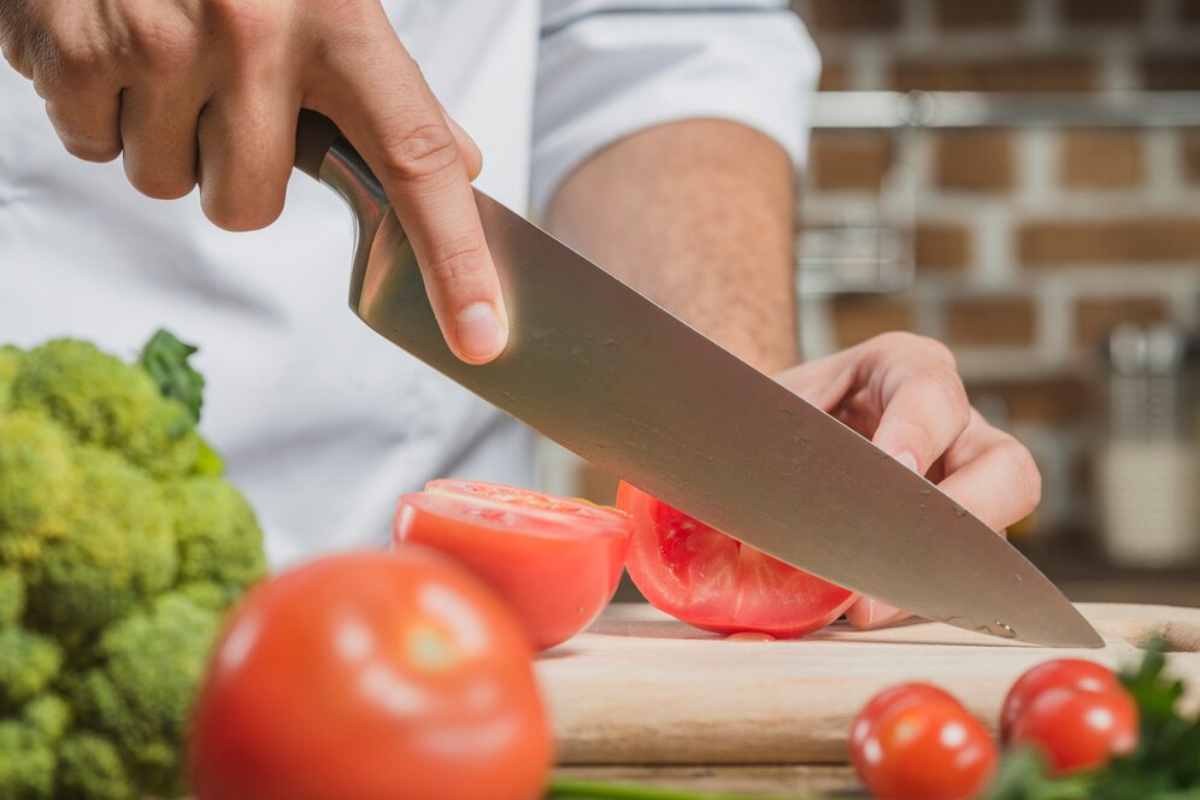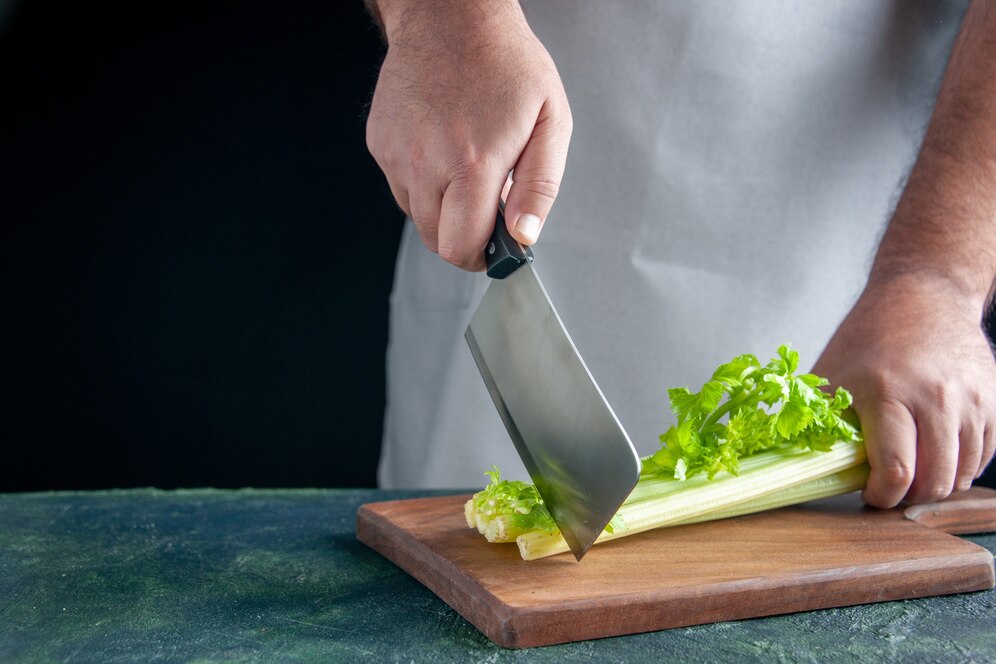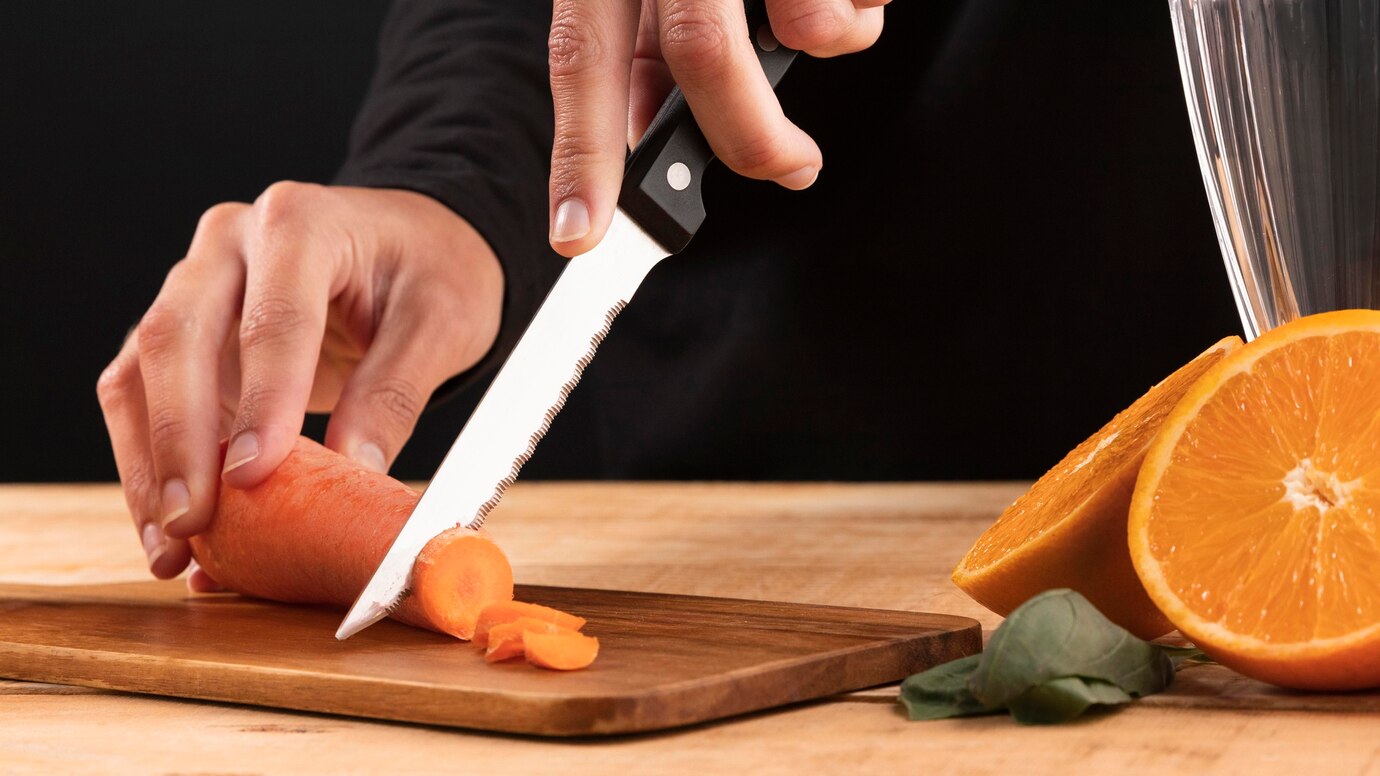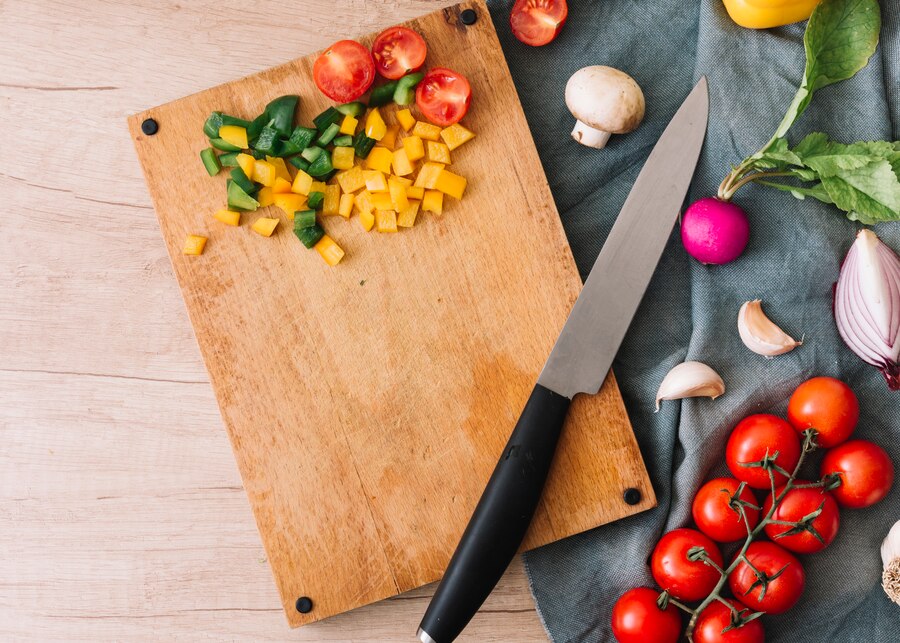Knife Skills 101: Tips for Faster, Safer, and More Precise Chopping
Mastering proper knife skills is an essential part of becoming an efficient and confident home cook. Whether you’re dicing onions, julienning carrots, or slicing meat, the right techniques can make your food preparation faster, safer, and more precise. Beyond just saving time, developing expert knife skills improves the consistency of your cooking, enhances the presentation

Mastering proper knife skills is an essential part of becoming an efficient and confident home cook. Whether you’re dicing onions, julienning carrots, or slicing meat, the right techniques can make your food preparation faster, safer, and more precise. Beyond just saving time, developing expert knife skills improves the consistency of your cooking, enhances the presentation of your dishes, and significantly reduces the risk of accidents.
In this guide, you’ll learn essential knife techniques, safety tips, and expert tricks that will elevate your chopping game. From selecting the right knife for the task to maintaining a razor-sharp edge, we’ll cover everything you need to know to slice, dice, and chop like a pro.
Why Knife Skills Matter in the Kitchen

Having solid knife skills goes beyond aesthetics—it directly impacts the quality and efficiency of your cooking. Here’s why proper knife techniques are essential:
- Consistency in cooking: Uniform cuts ensure even cooking, preventing overcooked or undercooked portions.
- Time efficiency: Mastering basic techniques speeds up prep work, making meal preparation quicker and more enjoyable.
- Enhanced safety: Proper form reduces the risk of accidental cuts and injuries.
- Improved food presentation: Clean, consistent cuts result in visually appealing dishes.
- Waste reduction: Precise cutting reduces food waste by utilising more of the ingredients efficiently.
Essential Knives Every Cook Should Own
To develop proper knife skills, you need the right tools. While professional chefs often have an extensive collection, you can achieve most tasks with just a few essential knives:
1. Chef’s Knife (20–25 cm)
- The most versatile knife in the kitchen, ideal for slicing, dicing, and chopping a variety of ingredients.
- Tip: Look for a forged blade with a full tang (the metal extends into the handle) for better balance and durability.
2. Paring Knife (7–10 cm)
- A small, nimble knife perfect for intricate tasks like peeling, trimming, and precise cuts.
- Tip: Use a paring knife for delicate tasks, such as deveining prawns or hulling strawberries.
3. Serrated Knife (20–25 cm)
- Best for slicing bread, tomatoes, and other foods with a hard exterior and soft interior.
- Tip: Use a gentle sawing motion to avoid crushing delicate ingredients.
4. Boning Knife (12–15 cm)
- Designed for deboning meat, poultry, and fish with precision.
- Tip: A flexible boning knife works best for fish, while a stiff one is ideal for meat.
Knife Safety Tips for Injury-Free Chopping
Before diving into advanced techniques, prioritising safety is essential. Here’s how to avoid common mistakes and handle your knives confidently:
Use the “Claw” Grip
- When holding food, curl your fingers slightly to form a claw shape.
- This protects your fingertips while providing stability for precise cuts.
Keep Knives Sharp
- A dull knife requires more force, increasing the risk of slipping and cutting yourself.
- Regularly sharpen your knives using honing steel or a whetstone.
Secure Your Cutting Board
- Prevent slipping by placing a damp kitchen towel or non-slip mat underneath your cutting board.
- A stable surface reduces accidents.
Use the Right Knife for the Job
- Using an incorrect knife can lead to uneven cuts and accidents.
- For example, avoid using a chef’s knife for intricate peeling tasks.
Basic Knife Techniques for Home Cooks
Once you’ve mastered knife safety, it’s time to learn the fundamental cutting techniques used by professional chefs.
1. The Rock Chop
- Ideal for chopping herbs and softer vegetables.
- Technique:
- Place the tip of the knife on the board.
- Use a rocking motion, lifting the back of the blade while keeping the tip in place.
- Repeat with a consistent rhythm for finely chopped herbs.
2. The Slice
- Best for cutting larger ingredients like meat or fish.
- Technique:
- Hold the ingredient with your non-dominant hand using the claw grip.
- Use smooth, controlled strokes, moving the knife in a forward-backwards motion.
3. The Julienne
- Used for cutting thin, matchstick-sized strips of vegetables.
- Technique:
- Slice the ingredients into flat, even slabs.
- Stack the slabs and slice them into thin, uniform strips.
4. The Dice
- Perfect for uniformly cubing fruits and vegetables.
- Technique:
- First, julienne the ingredients into strips.
- Turn the strips 90 degrees and cut them into even cubes.
Tips for Faster and More Efficient Chopping

Once you’ve mastered the basics, apply these pro tips to boost your chopping speed without sacrificing safety or precision:
- Organise your workspace:
- Arrange all ingredients and tools before you start chopping.
- This prevents interruptions and improves workflow efficiency.
- Use a sharp knife:
- A sharp knife slices smoothly with minimal force, reducing fatigue and saving time.
- Regularly hone your knife before use.
- Create a rhythm:
- Find a steady pace and maintain a consistent motion.
- Practise regularly to build muscle memory and improve speed.
- Batch prep ingredients:
- Cut all ingredients requiring the same technique at once.
- For example, dice all onions before moving on to slicing peppers.
Proper Knife Care and Maintenance
To keep your knives in top condition, regular care is essential:
1. Sharpening
- Honing steel: Realigns the blade’s edge for regular maintenance.
- Whetstone: Used for more thorough sharpening when the blade becomes dull.
- Frequency:
- Hone your knife every few uses.
- Sharpen it with a whetstone every few months, depending on use.
2. Cleaning and Storage
- Cleaning tips:
- Wash knives by hand with warm, soapy water—avoid dishwashers, as they dull blades.
- Dry thoroughly to prevent rust.
- Storage:
- Use a knife block, magnetic strip, or protective blade covers.
- Avoid storing knives loosely in drawers.
Common Knife Mistakes to Avoid
Even experienced cooks sometimes make mistakes that can lead to accidents or inefficient chopping. Here are a few to avoid:
- Using a dull knife: Increases the risk of slipping and cutting yourself.
- Improper grip: Holding the knife too far back reduces control and accuracy.
- Overloading the cutting board: Crowding your workspace makes precise cuts difficult.
- Rushing the cutting process: Hurried movements increase the likelihood of accidents.
Sharpen Your Skills

Knife skills are fundamental for any home cook aiming to improve their efficiency, safety, and precision in the kitchen. By mastering essential techniques, using the right knives for each task, and following proper safety practices, you can chop, dice, and slice like a professional.
Take the time to practise regularly and invest in high-quality knives. With improved knife skills, you’ll not only speed up your prep time but also enhance the overall presentation and flavour of your dishes.
Try these techniques during your next cooking session and experience the difference they make. Share your experiences and tips in the comments below!